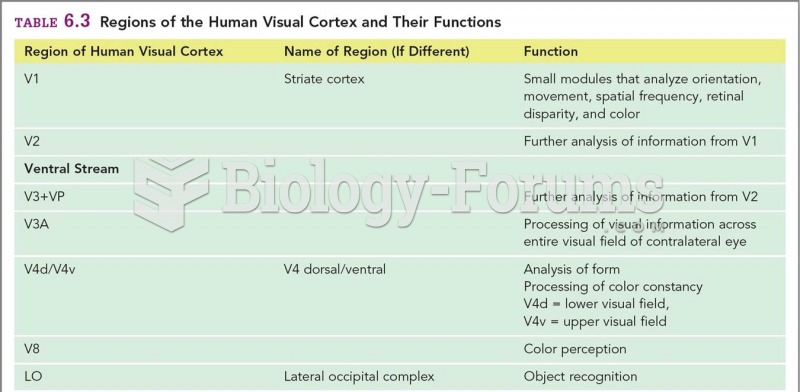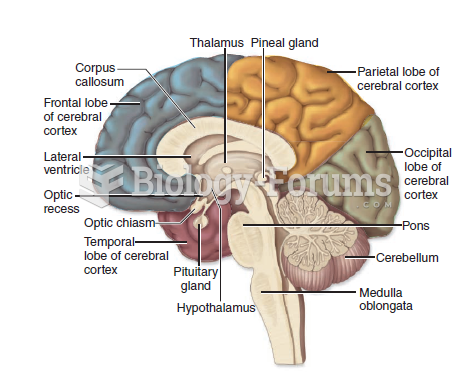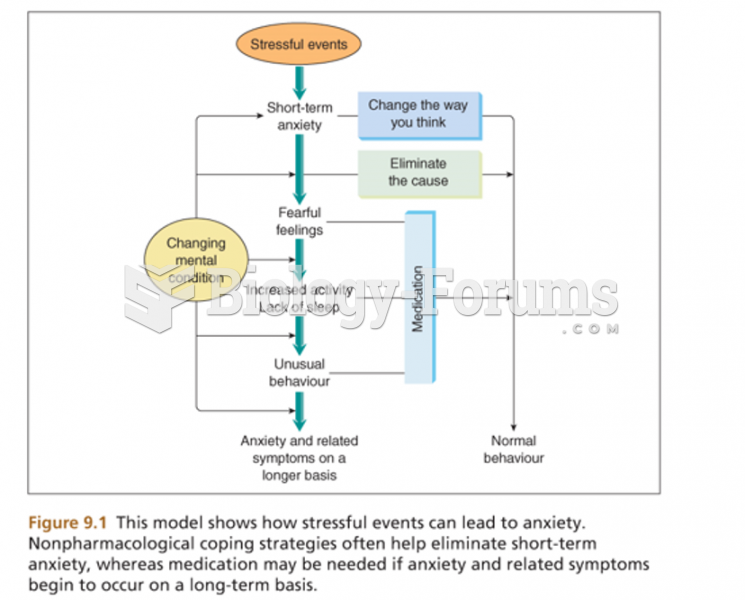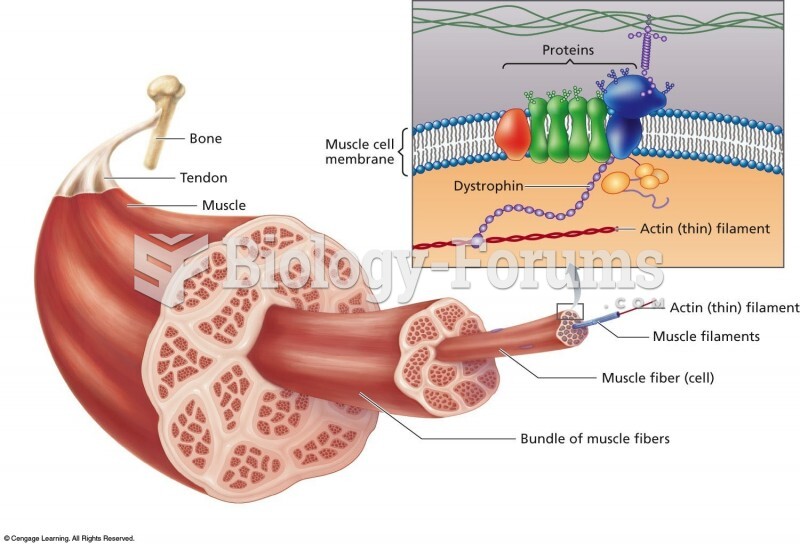Answer to Question 1
True
Answer to Question 2
The control process includes three key steps:
1. Establish clear performance standards.
2. Measure actual performance against standards.
3. Take corrective action if necessary.
1. Establish clear performance standards:
Establishing clear standards-or performance goals-begins with planning. At every level of planning, objectives should emerge that are consistent with the company's mission and strategic plan. The objectives must be:
(1 ) specific and measurable
(2 ) realistic but challenging and
(3 ) tied to a time frame
Individual managers may need to break these goals into smaller parts for specific employees, but the subgoals should retain the same three qualities as the original objective.
2. Measure actual performance against standards:
Measuring performance against standards should happen well before the end of the time frame attached to the goal. A strong information-tracking system is probably management's best tool in this phase of the control process. Managers may find it necessary to break the goal into smaller goals specific to each employee, but the employee-specific goals must still retain the three qualities of the original objective.
3. Taking corrective action, if necessary:
If the company or individual is not on track to meet the goals, management's first response should be communication. Employees with full information are far more likely to improve their performance than employees who never learn that they're falling behind. But sometimes workers need more than information-they may need additional resources or coaching in order to meet their goals. Given the expense in both human and financial terms, disciplining employees for poor performance should come only after exploring the reasons for not meeting goals and making changes if necessary.







